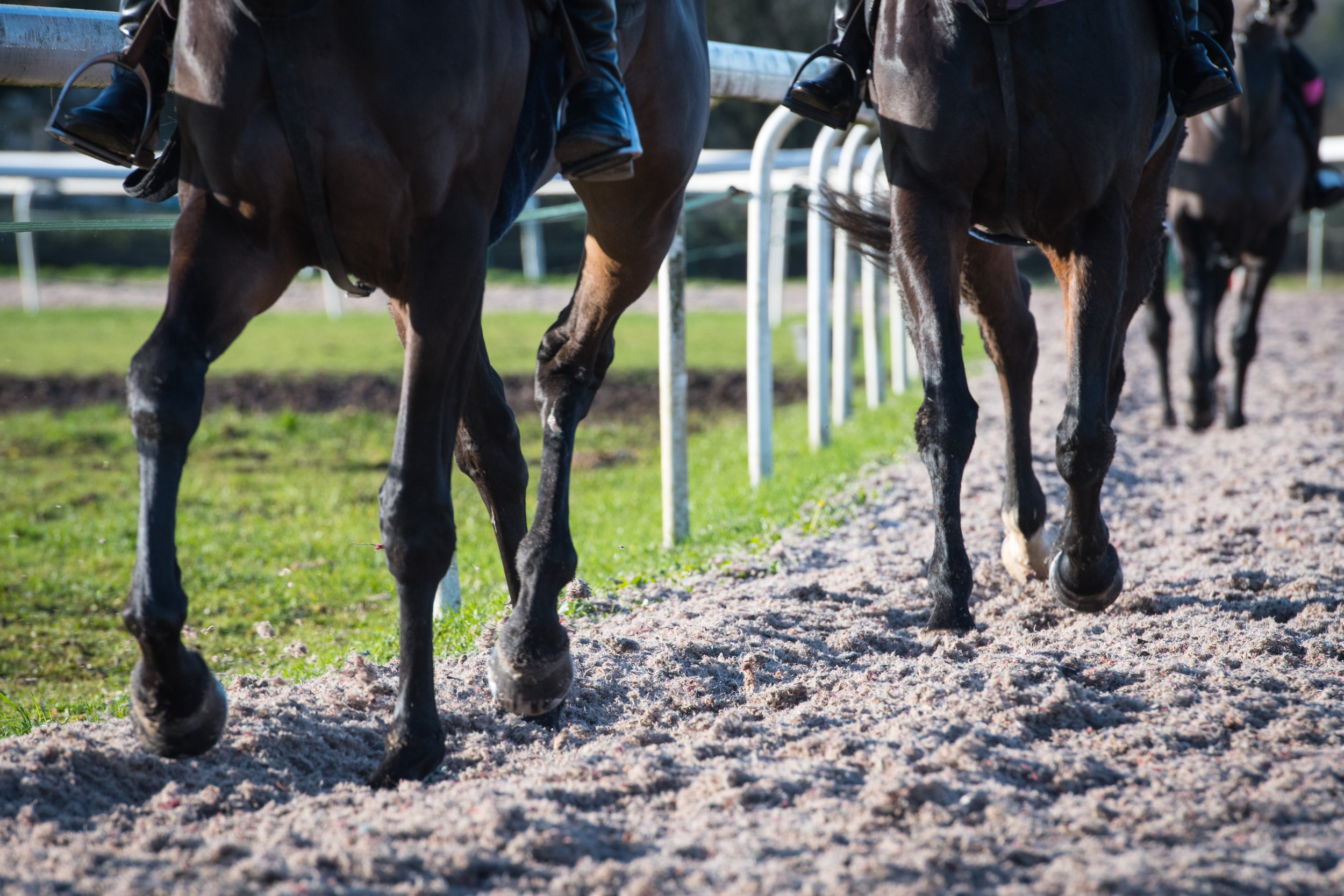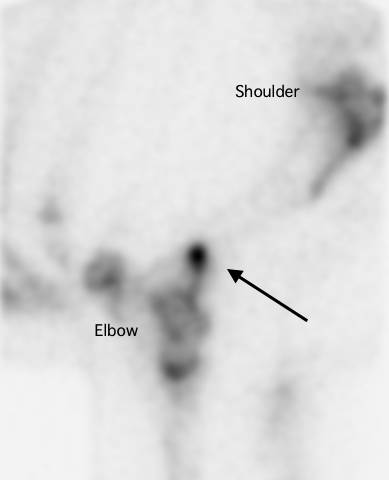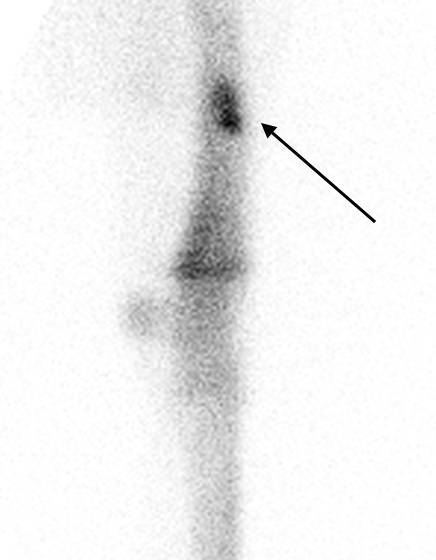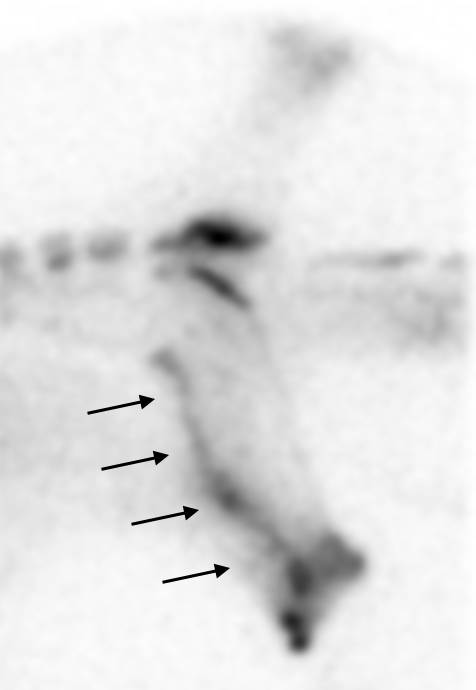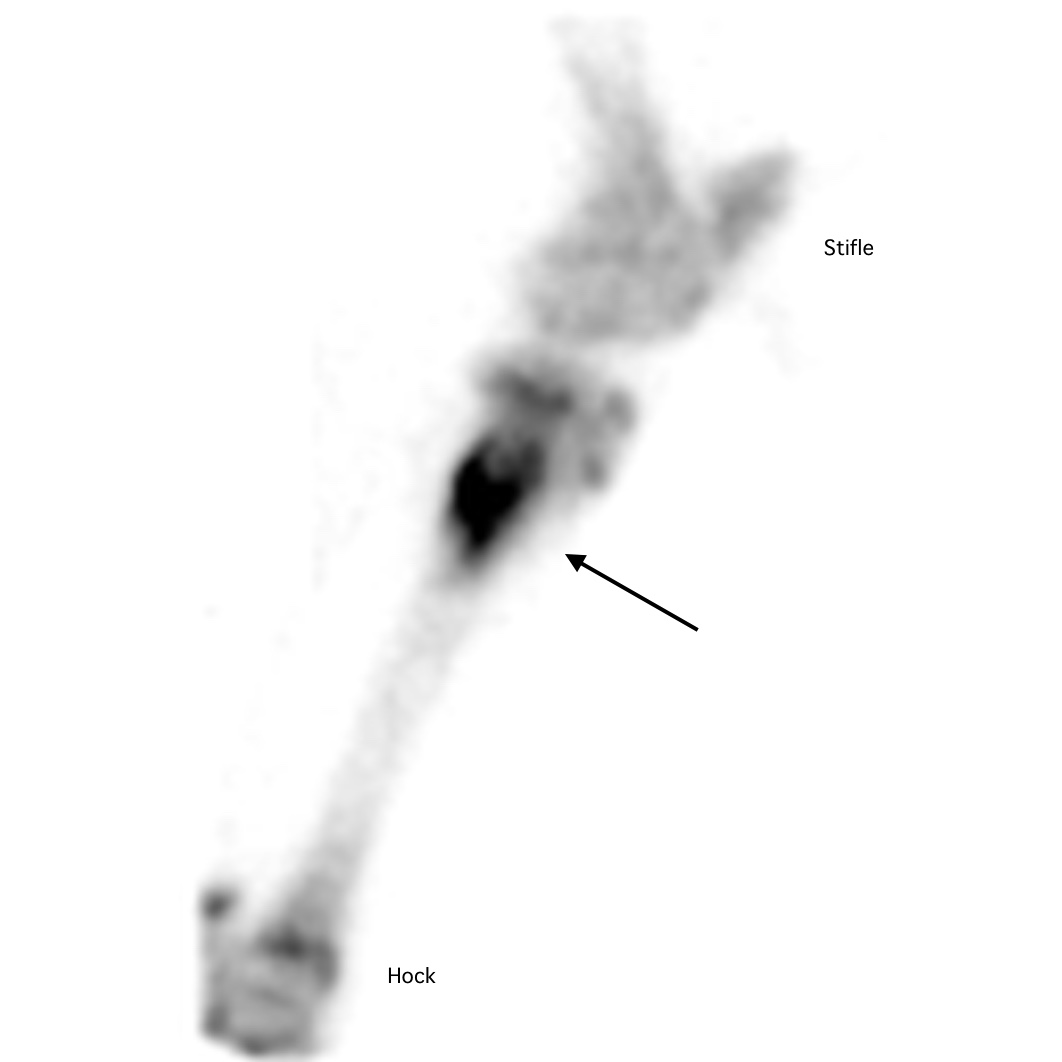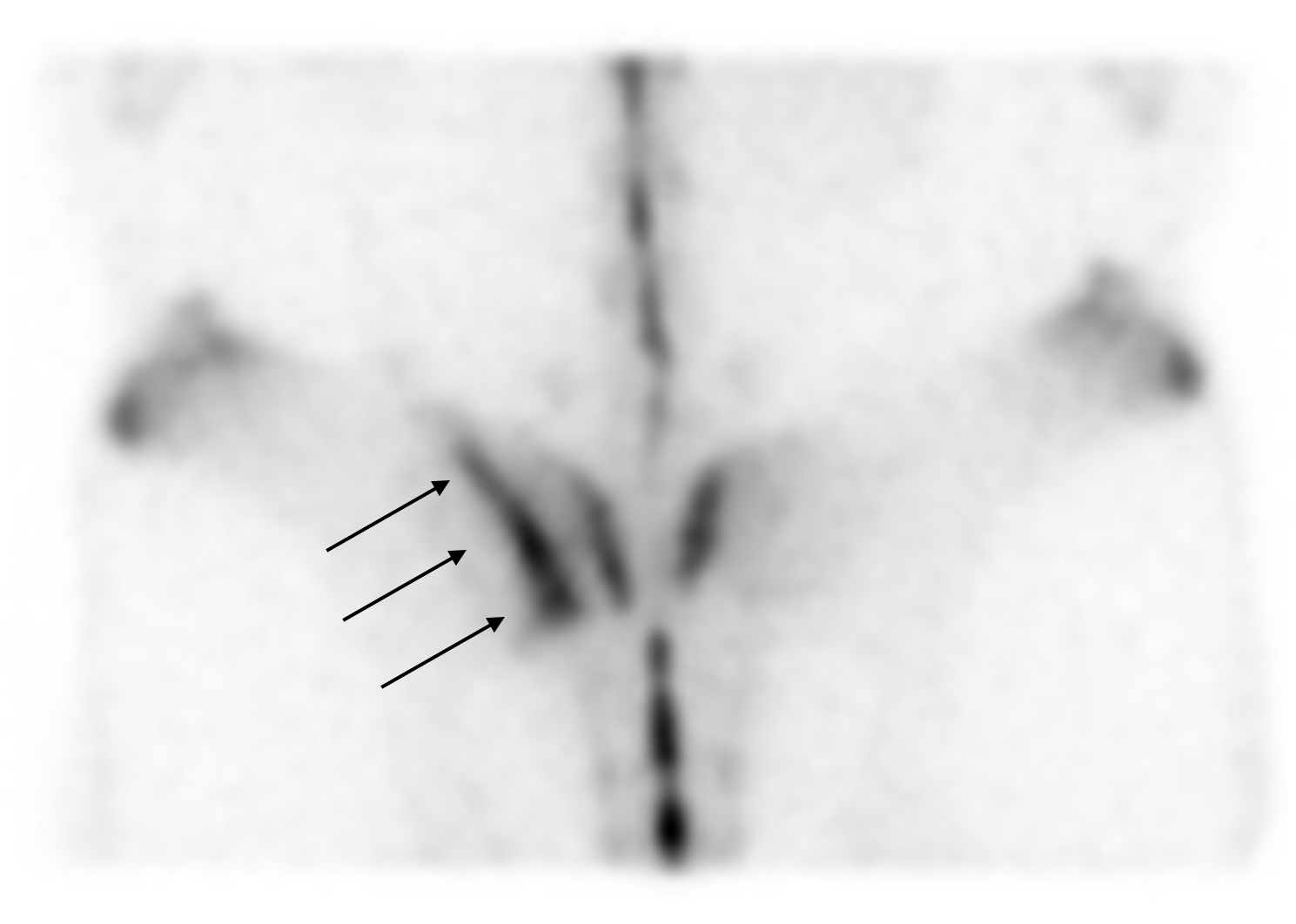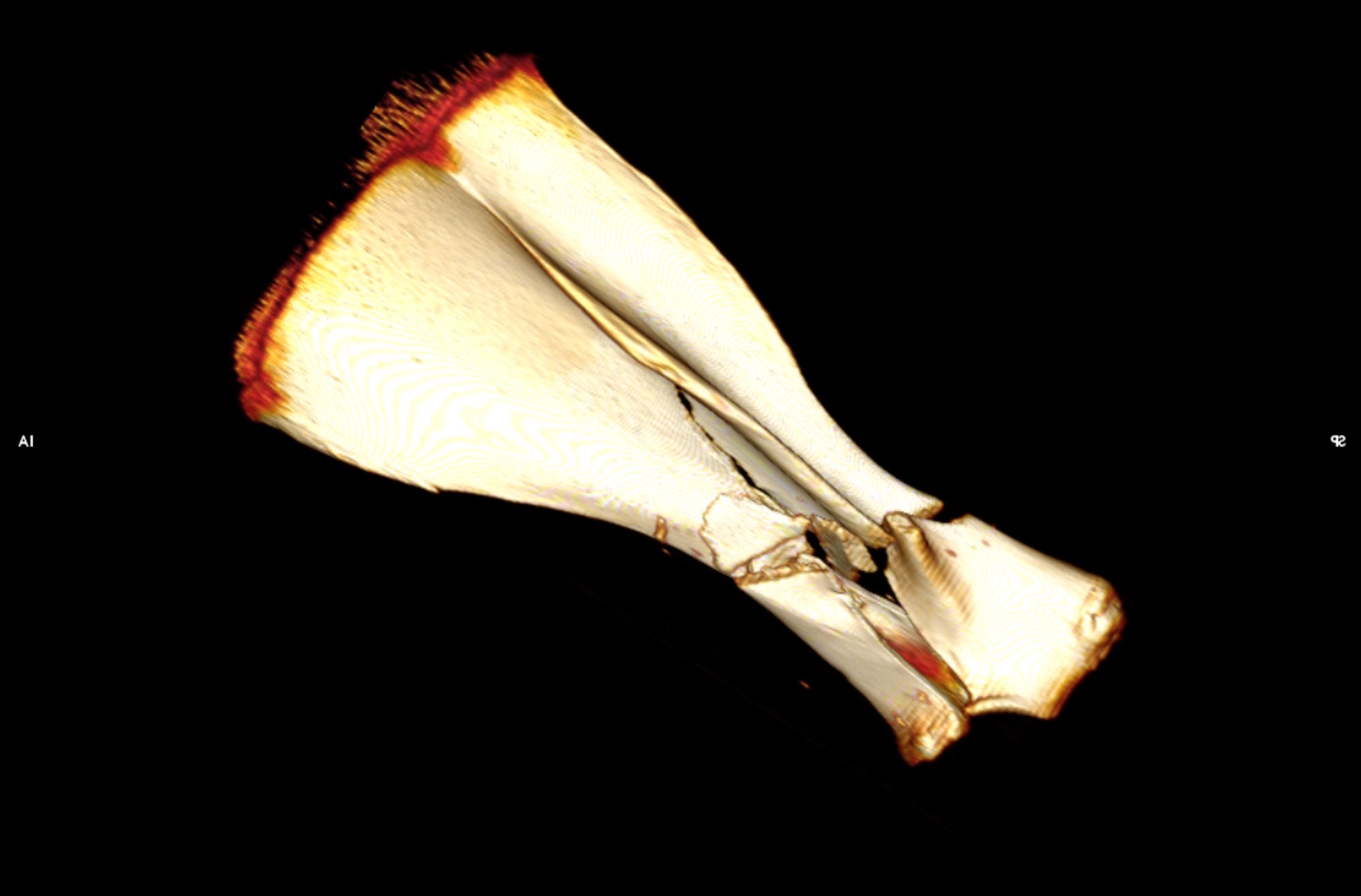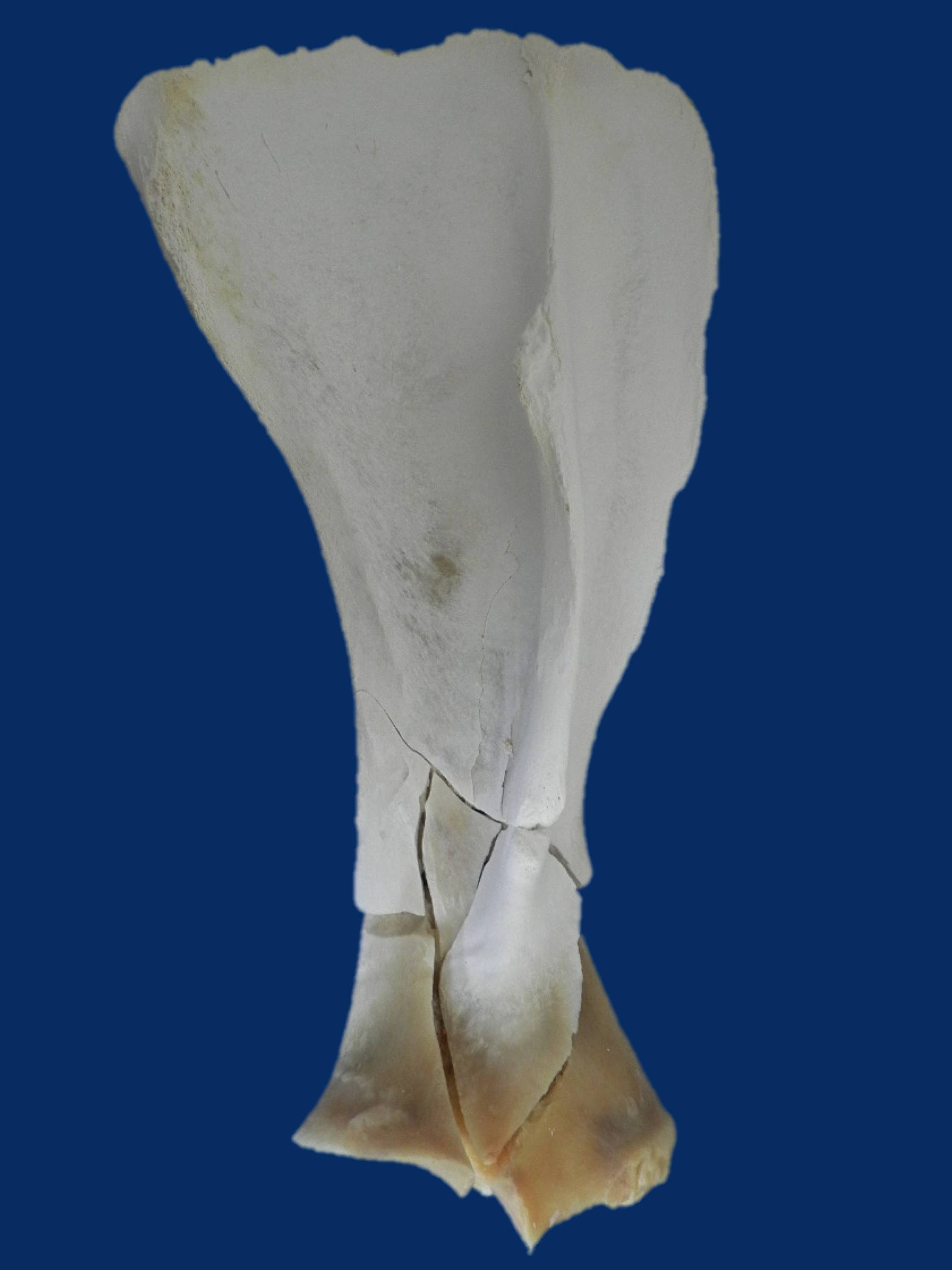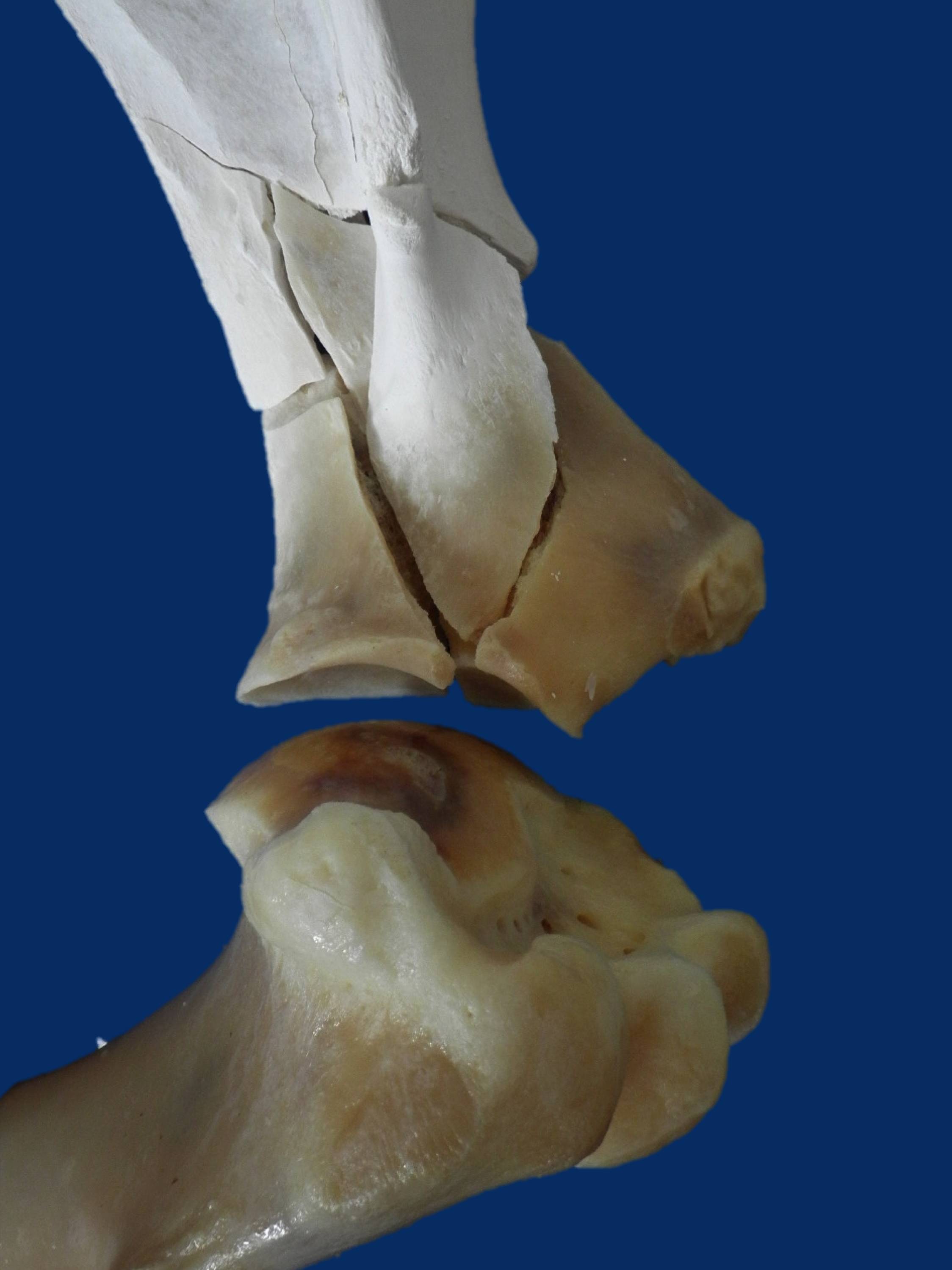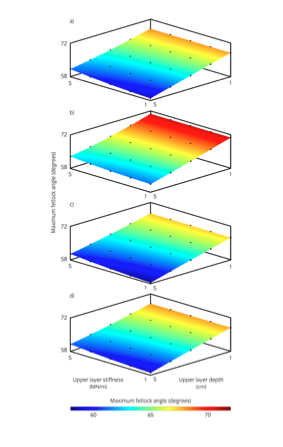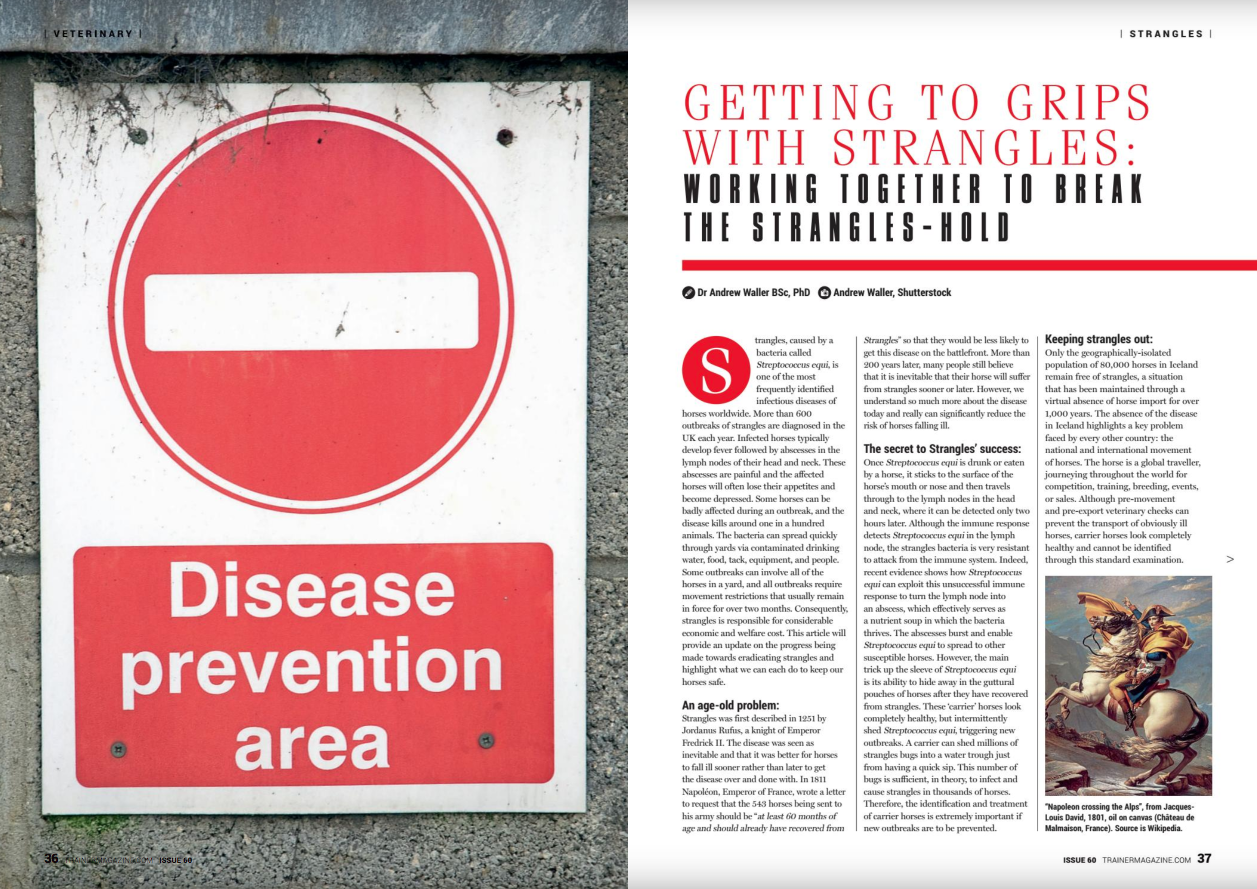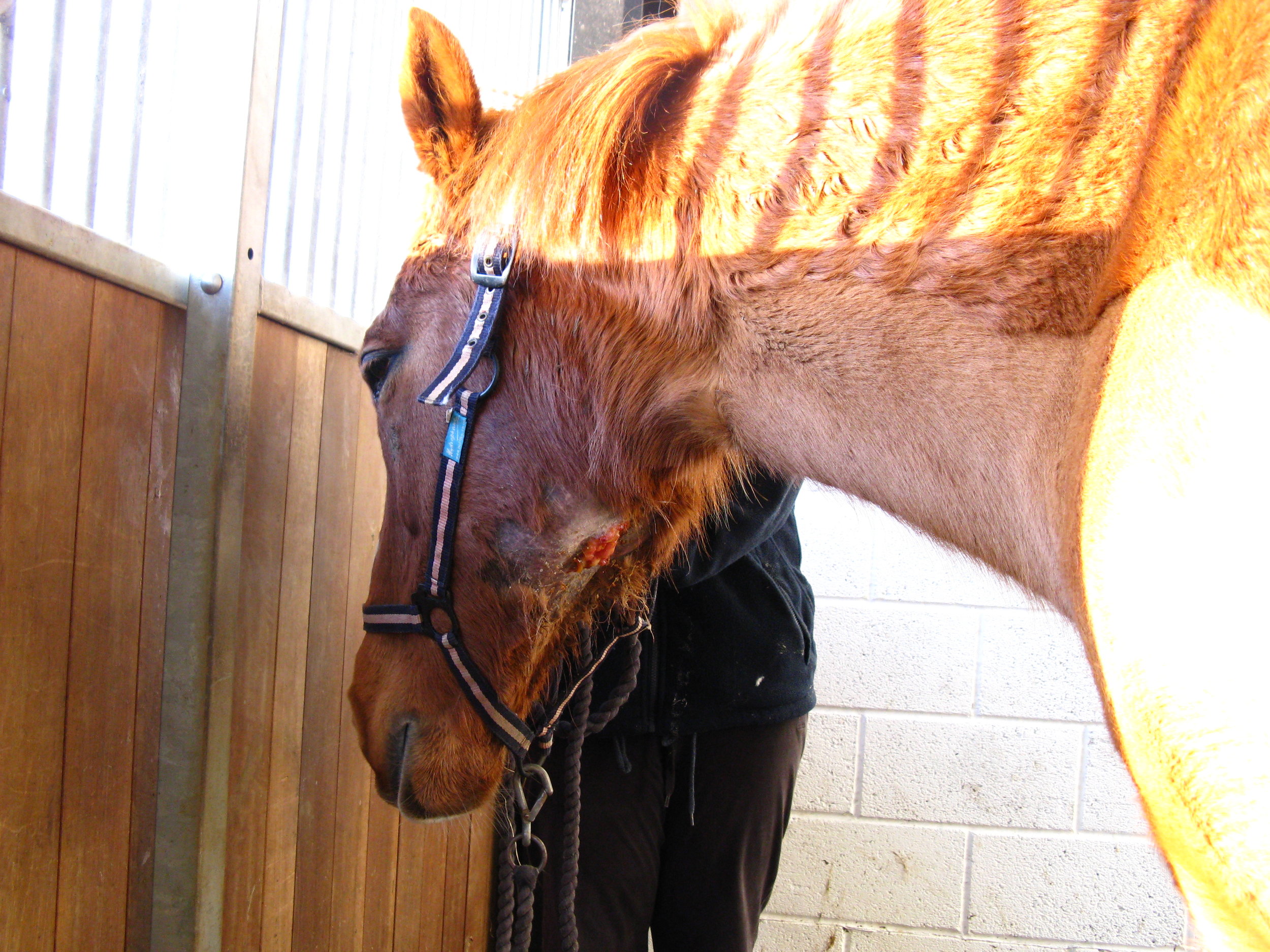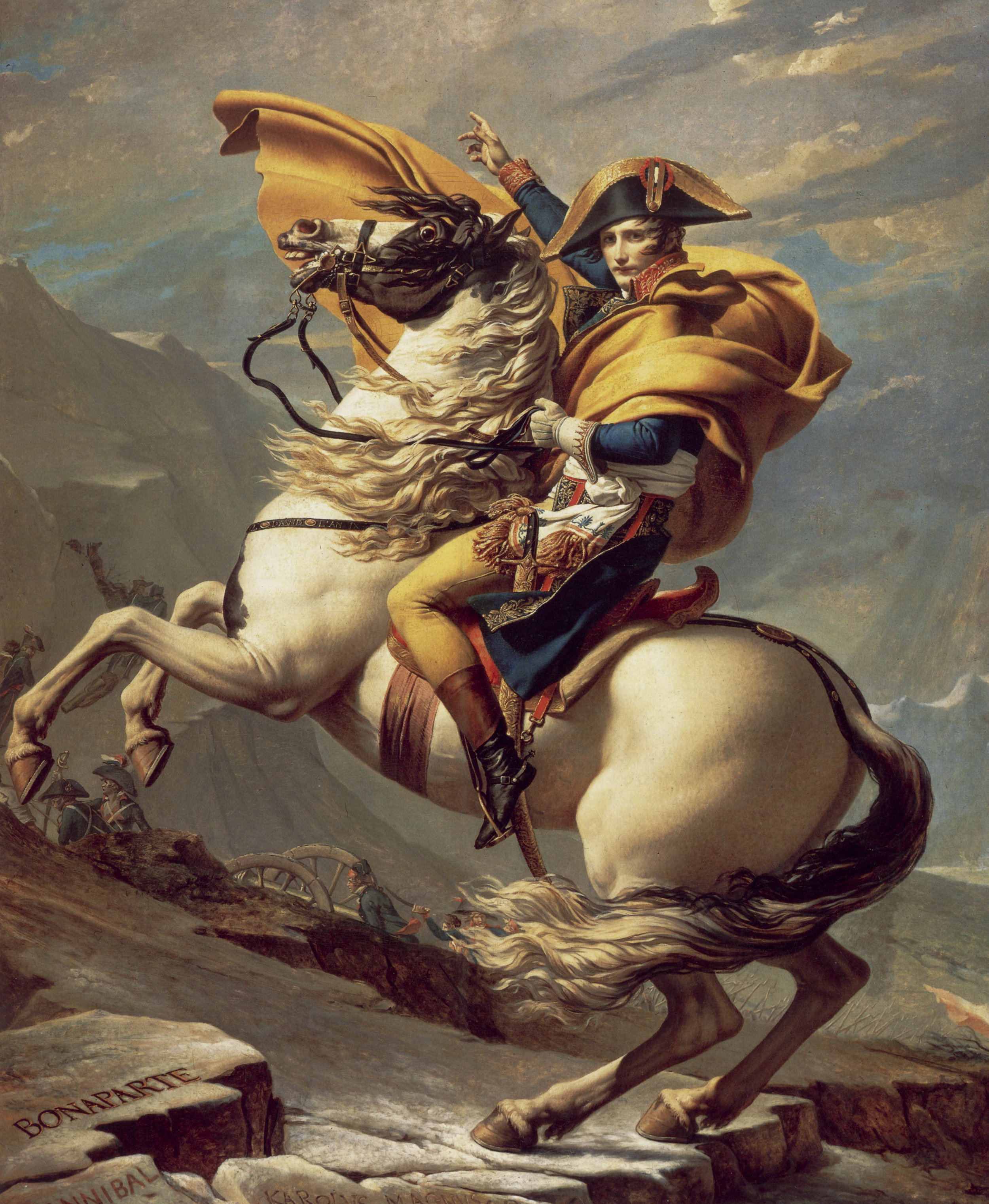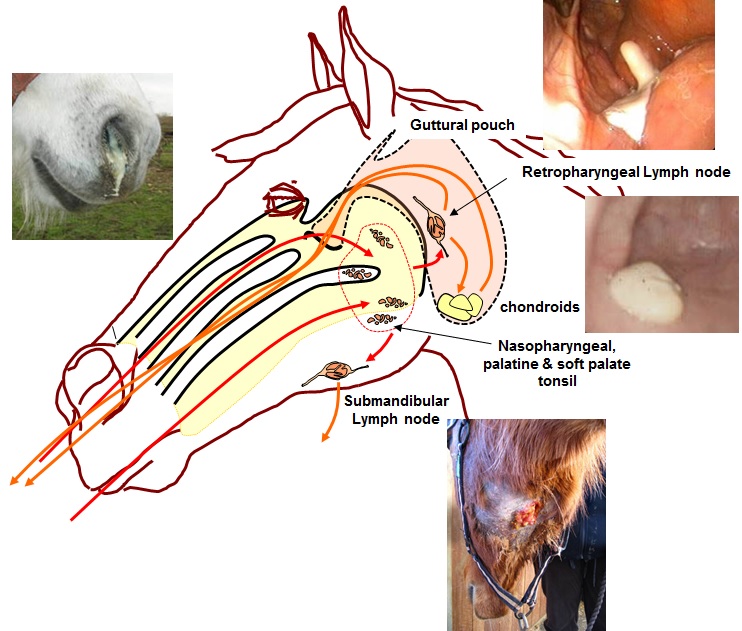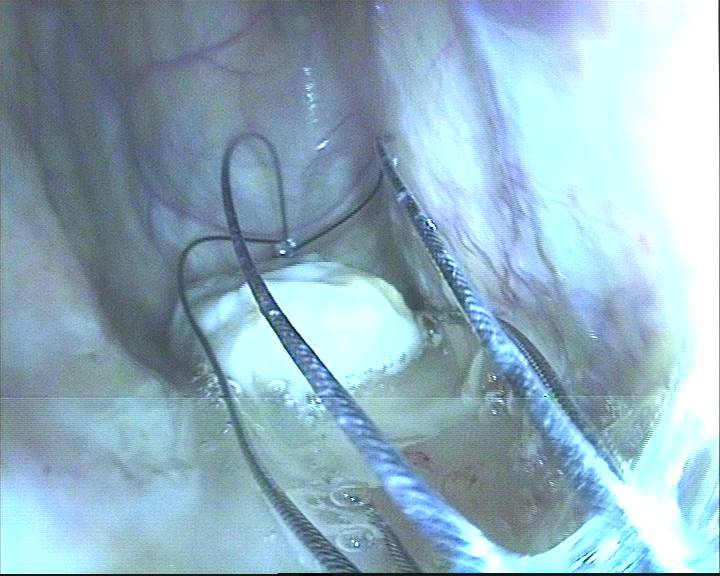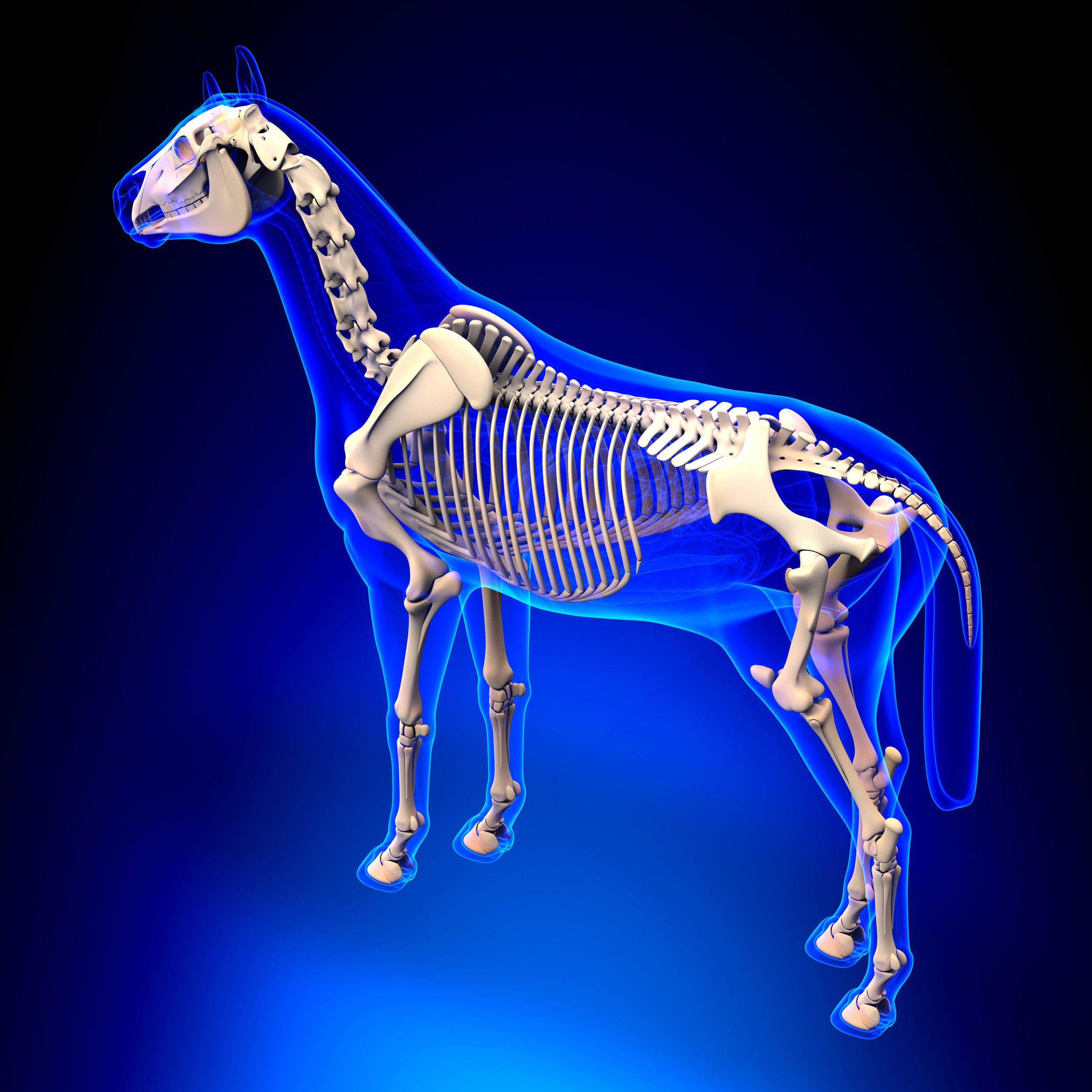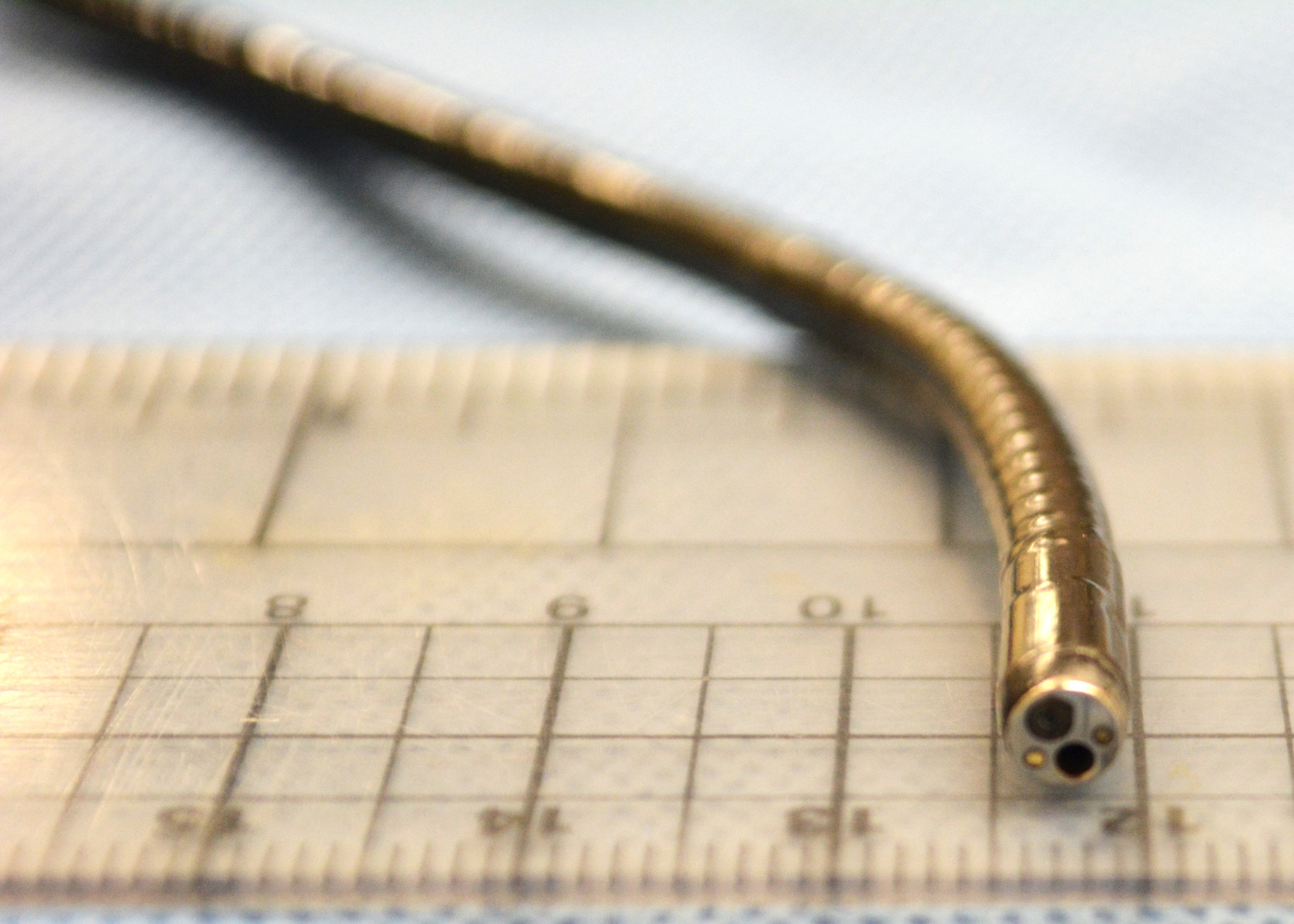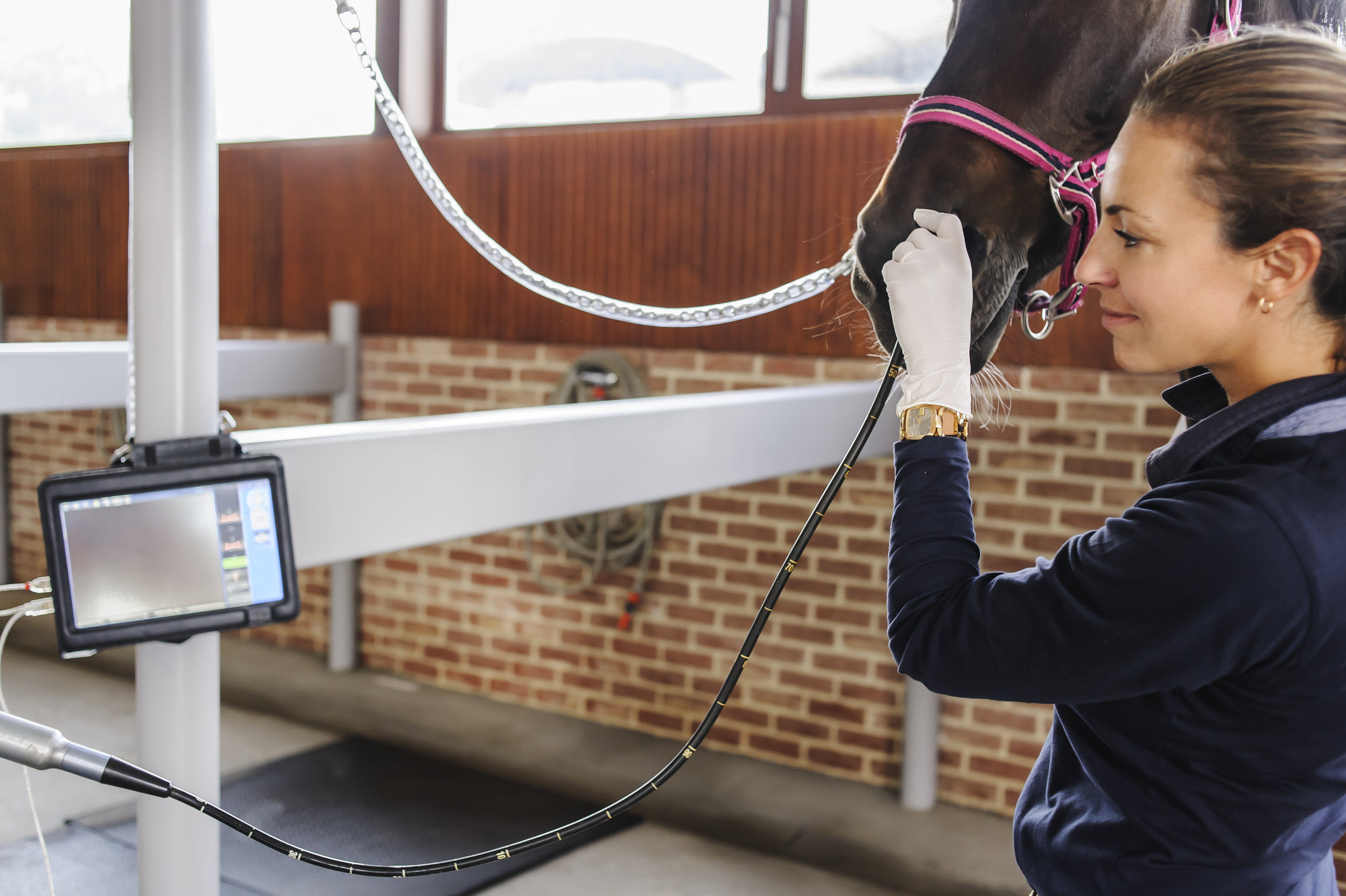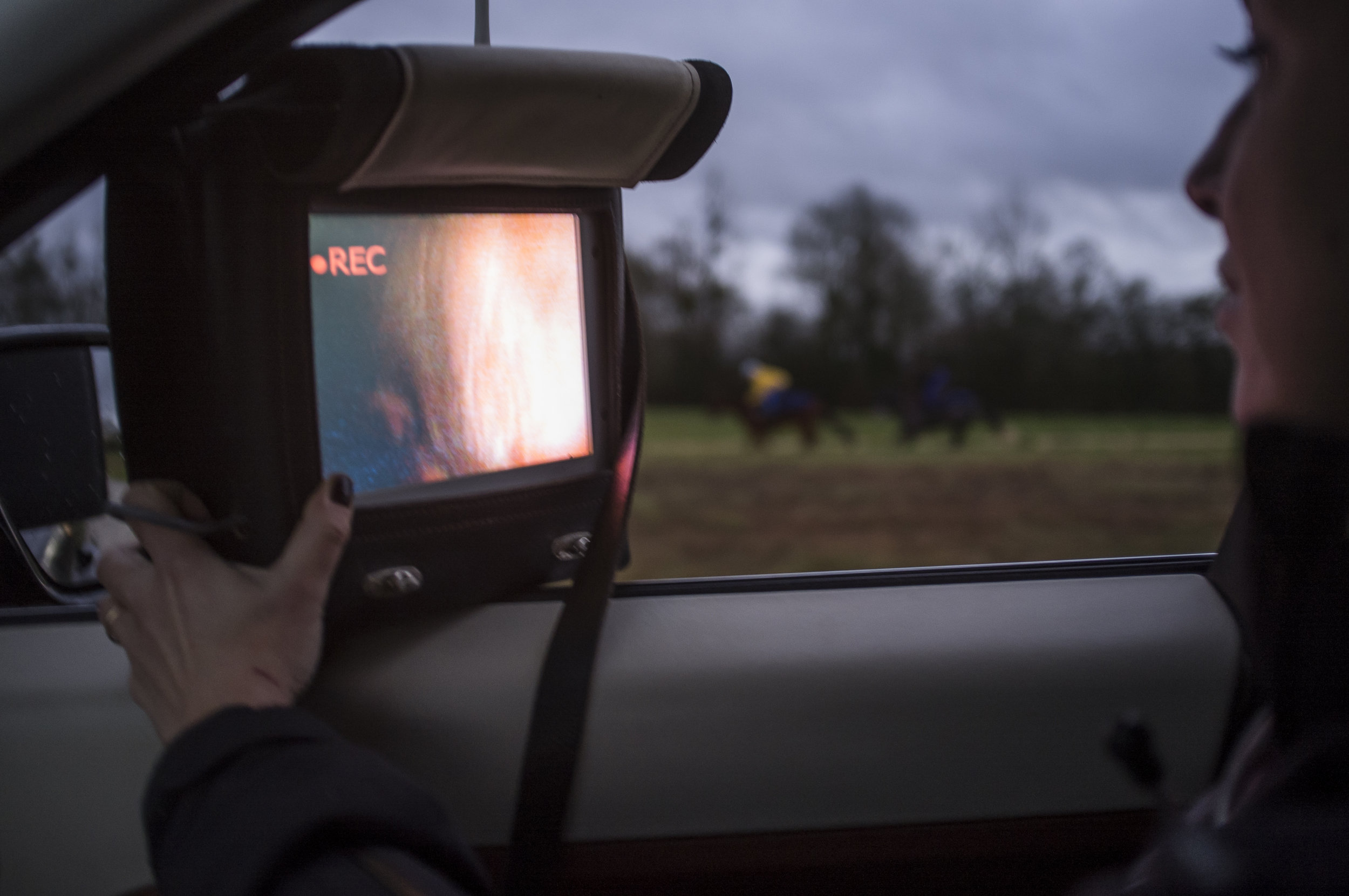How Equine Influenza viruses mutate
/By Debra Elton and Adam Rash
Overview
Equine influenza virus (EIV) causes equine influenza in horses, characterised by a raised temperature and harsh dry cough and rapid transmission amongst unprotected horses. It is a major threat to the thoroughbred racing industry as it has the potential to spread so quickly and can cause the cancellation of events and restriction of horse movement. The last major outbreak in Europe occurred in 2003, when over 1000 vaccinated horses in Newmarket became infected. The virus spread throughout the UK and outbreaks were also reported in Ireland and Italy. More recently, more than 50,000 horses were infected during the 2007 outbreak in Australia, large-scale outbreaks occurred in India during 2008 and 2009 and multiple countries were affected by widespread outbreaks in South America in 2012. At the time of writing, another widespread outbreak has been affecting South America, with reports from Chile, Argentina, Uruguay and Colombia to date. International transport of horses for events and breeding purposes means that equine influenza can spread readily from one country to another. Infected horses can shed the virus before they show any clinical signs of infection and vaccinated animals can be infectious without showing any obvious signs, adding to the risk.
Regular vaccination against equine influenza offers the best protection against infection. Three major vaccine manufacturers make products for the European market, each differing in the virus strains that are included in the vaccine. Sophisticated adjuvants are included in these vaccines, which help boost the horse’s immune response. However, EIV, like other influenza viruses, can mutate to change its surface proteins and can thereby escape from immunity generated by vaccination. It is important that vaccines contain relevant vaccine strains, to give them the best chance of working against current EIVs.
EIV belongs to the influenza A group of viruses, which infect a variety of other animals including humans, birds, pigs and dogs. The natural reservoir for most influenza A viruses is wild aquatic birds, from this pool some viruses go on to infect new hosts and adapt to spread in them. Influenza A viruses are subtyped according to two proteins found on the surface of the virus, haemagglutinin (HA) and neuraminidase (NA). Sixteen HA subtypes and 9 NA subtypes are found in aquatic birds, however only two subtypes are known to have become adapted to horses, H3N8 and H7N7. Equine H7N7 viruses were first isolated in 1956 but have not been isolated since the late 1970s and are now thought to be extinct. Equine H3N8 viruses were first isolated in 1963 when they caused an influenza pandemic in horses and continue to circulate today.
Antigenic drift and shift
International travel of horses means the virus can spread readily from one country to another.
The HA and NA proteins on the surface of the influenza virus particle induce antibodies in the host when the virus infects it. For EIV, these antibodies protect the horse against further infection provided the horse encounters similar viruses. A similar process occurs when horses are immunised with a vaccine, most vaccines contain virus proteins that induce the horse’s immune system to make protective antibodies. However, the response to the vaccine is not as good as to virus infection, so horses need to be vaccinated regularly to maintain a protective immune response.
To overcome the horse’s immune response and enable the virus to survive in the equine population, EIV gradually makes changes to its surface proteins. This process is called antigenic drift. The result is that eventually the horse’s antibodies no longer recognise the virus, which is then able to infect the animal. The two proteins that are important for antigenic drift are HA and NA. HA is involved in virus entry into target cells of the respiratory tract. Antibodies against HA block virus infection, either by preventing the virus from binding to the cell surface, or by preventing a later stage of the infectious cycle that occurs within the infected cell. Antibodies against HA are described as ‘neutralising’ because they prevent virus infection.
By changing the HA protein, equine influenza can avoid recognition by these neutralising antibodies. NA is also involved in virus entry, it is thought to help break through the mucus layer that protects the respiratory tract. It also plays a part in virus release, enabling newly formed virus particles to escape from the surface of the cell that made them. Antibodies against NA are thought to block this process, preventing the virus from spreading to new cells. By changing the NA protein, the virus can avoid inhibition by these antibodies and go on to infect new cells.
Equine influenza virus belongs to a family of viruses that have RNA as their genetic material rather than DNA. RNA viruses tend to mutate more rapidly than DNA viruses. The virus has an enzyme called RNA-dependent RNA polymerase that is responsible for making new RNA copies of the virus genetic material for packaging into new virus particles. This is an essential step during the virus life cycle. Compared to the polymerase enzymes found in DNA viruses, the influenza polymerase makes more mistakes when it is copying the virus RNA and this is how changes are made in the genes that code for HA and NA.
As well as undergoing antigenic drift, influenza viruses including equine influenza virus can change their genes by a process called antigenic shift. This is a much bigger rapid change, brought about by the virus-swapping sections of its genome with another influenza virus. This process is called reassortment and is possible because the virus genome is made up from eight separate segments of RNA, each individually packaged in a set of proteins. If a horse is infected with two different equine influenza viruses at the same time, the eight segments from each virus can be mixed up, generating progeny viruses with new combinations of segments compared to the two parent viruses. This can lead to new combinations of HA and NA that haven’t been seen before, meaning there is no immunity to the new virus. This has happened during the evolution of human influenza viruses and resulted in the influenza pandemics of 1957, 1968 and 2009. In two of these examples, human influenza viruses swapped genes with avian viruses, leading to viruses that replicated well in humans but had a new HA gene from an avian virus.
In the 2009 pandemic, a new reassortant virus was generated in pigs then transmitted to humans. Reassortment has also happened with equine influenza viruses. The two different subtypes of equine influenza viruses, H7N7 and H3N8, underwent reassortment resulting in viruses that had most of the internal components of the H3N8 virus but with the HA and NA surface proteins from the H7N7 virus. Eventually these viruses died out and the only equine influenza viruses now in circulation are H3N8. There has been reassortment amongst the different sublineages of equine H3N8 viruses too, for example several of the viruses isolated in the UK during 2009 had a mixture of Florida clade 1 and Florida clade 2 HA and NA. Fortunately these reassortant viruses do not contain a novel HA or NA that has not been seen in horses before, so have not resulted in a major epidemic threat to horses.
In addition to antigenic drift and antigenic shift, the other source of potential new influenza viruses is an animal reservoir, such as birds. We know that horses can be infected by viruses belonging to the H3N8 and H7N7 subtypes and both of these are found in wild aquatic birds. It is thought that the 1963 H3N8 equine pandemic probably arose as a result of cross-species transmission from birds to horses in South America. Such an event happened in China in 1989, when an avian H3N8 infected horses with a much higher mortality rate than is usual for equine influenza. This virus spread amongst horses within China but died out after a relatively short time. It is possible that further avian-equine cross species transmission events could take place, however the virus must then adapt to its new host in order to become established in horses and be able to transmit efficiently from horse to horse. This will require mutations in various virus genes that help the virus attach to and replicate in cells lining the horse’s respiratory tract and spread via droplet infection to other horses.




